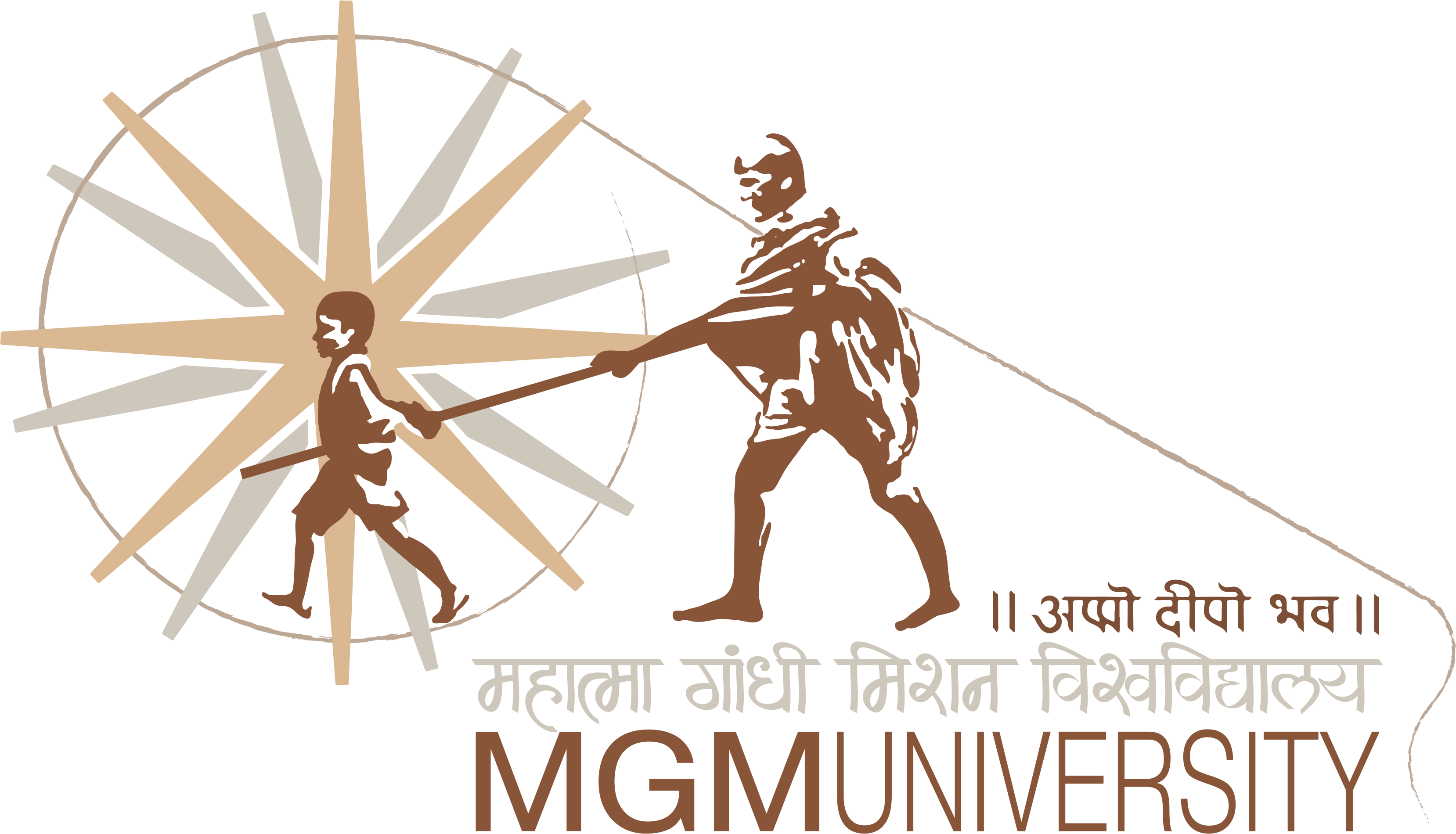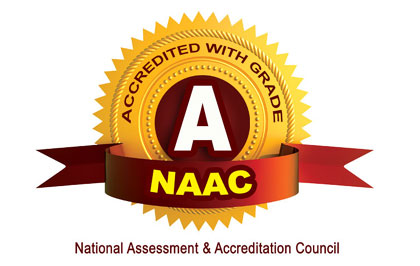LAND SURVEYING WITH A DRONE (UAV)
The invention of Drone (Unmanned Aerial Vehicle) technology has opened up a plethora of opportunities in a wide variety of fields ranging from scientific research to aerial photography. One of the significant contributions of the technology lies in the area of GIS (Geographic Information System). Thanks to the technology, undertaking land surveys and creating GIS maps with utmost precision have been possible in a fraction of the time and cost compared to the traditional methods. In addition, it requires no rare skills or talent and thus saves the invaluable time of the specialists.
The Innovation Incubation & Research Centre surveyed a land area of 16acres at a Pump house in Gandheli, Aurangabad by using RGB Phantom 4 DJI Drone. Several photographs of the area were taken from different angles by the RGB camera and each image was tagged with coordinates under this survey. After the successful completion of the survey, a topographical GIS report was also prepared. The project was carried out by Prof. M N Bargir, Pankaj Dhoble, LaxmikantKokate, Amol Mahadik, Vishal Ghatgeand IIRC team members.

